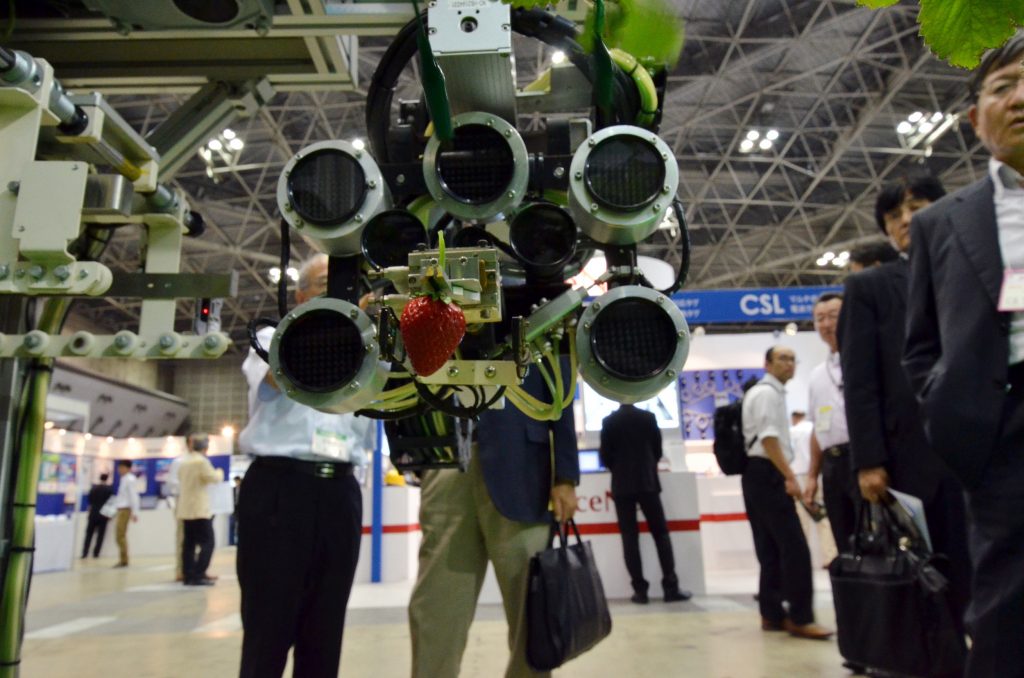
- ARAB NEWS
- 31 Jul 2025

Reuters, Tokyo
Japan’s machinery orders fell for a third straight month in September, raising doubts that business spending will be strong enough to offset external pressures, which have clouded the outlook for the export-reliant economy.
Capital spending has been a bright spot for the world’s third-largest economy, driven by refurbishing of aged infrastructure, urban development, automation and investments to cope with a labour crunch in the rapidly ageing population.
Policymakers are counting on solid capital expenditure and domestic demand to prop up growth amid the US-China trade war, a broader global slowdown and the impact from last month’s sales tax hike.
Core machinery orders fell 2.9 percent in September from the previous month, down for a third straight month and dashing expectations for a 0.9 percent increase in a Reuters poll, Cabinet Office data showed on Monday.
The core machinery orders data is a highly volatile series but regarded as a key indicator of capital spending. Manufacturers surveyed by the Cabinet Office forecast that core orders will rise 3.5 percent in October-December, after a 3.5 percent decrease in the previous quarter.
Data on Thursday is likely to show Japan’s economic growth slowed to an annualised 0.8 percent in July-September from 1.3 percent in the second quarter, a Reuters poll found last week.
The capital spending component of GDP likely rose 0.9 percent quarter-on-quarter in July-September after a 0.2 percent gain in April-June.
The Cabinet Office cut its assessment, saying a pick-up is seen stalling in machinery orders. Compared with a year earlier, core orders, which exclude those of ships and electricity, grew 5.1 percent in September, versus a 7.9 percent year-on-year gain seen by economists in a Reuters poll, the Cabinet Office data showed.
Prime Minister Shin Abe on Friday ordered his cabinet to compile a package of stimulus measures to cope with external risks and large natural disasters, and prepare against a potential economic slump after the 2020 Tokyo Olympics.
Recent data, including retail sales and household spending, suggested consumers went on a last-minute shopping spree in September to beat the sales tax hike to 10 percent, raising some worries about a subsequent pullback in demand.
Policymakers have argued that the economy would likely avoid a repeat of the previous tax hike from 5 percent in April 2014 that caused a big downward swing in the economy.